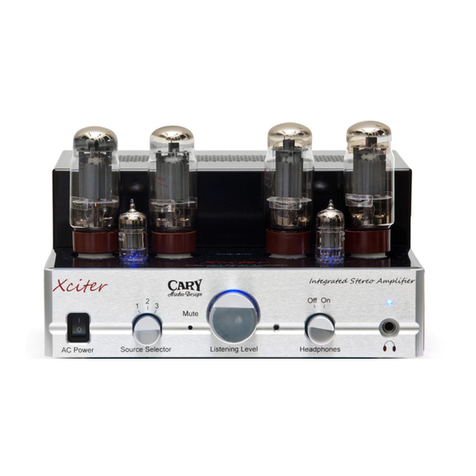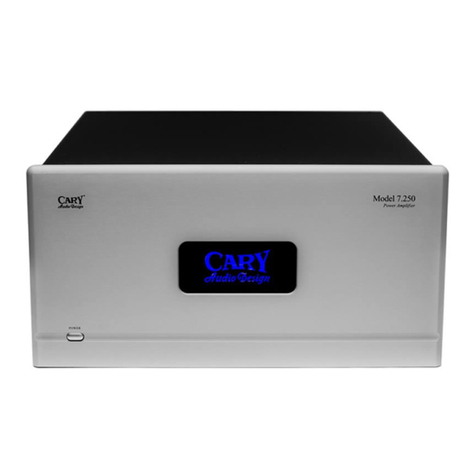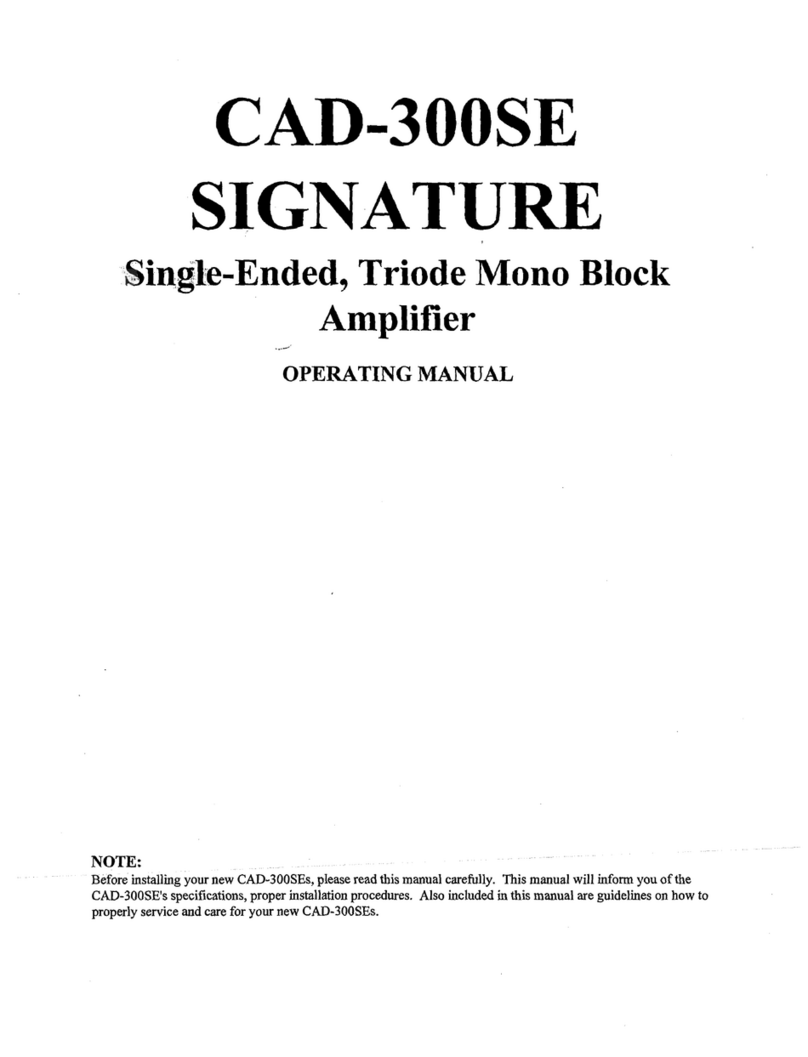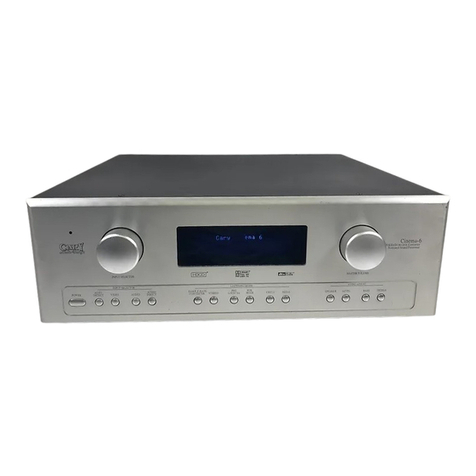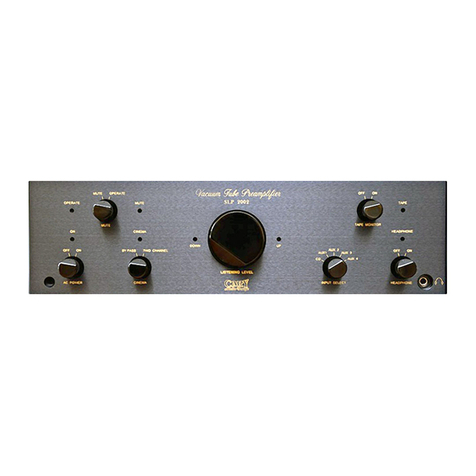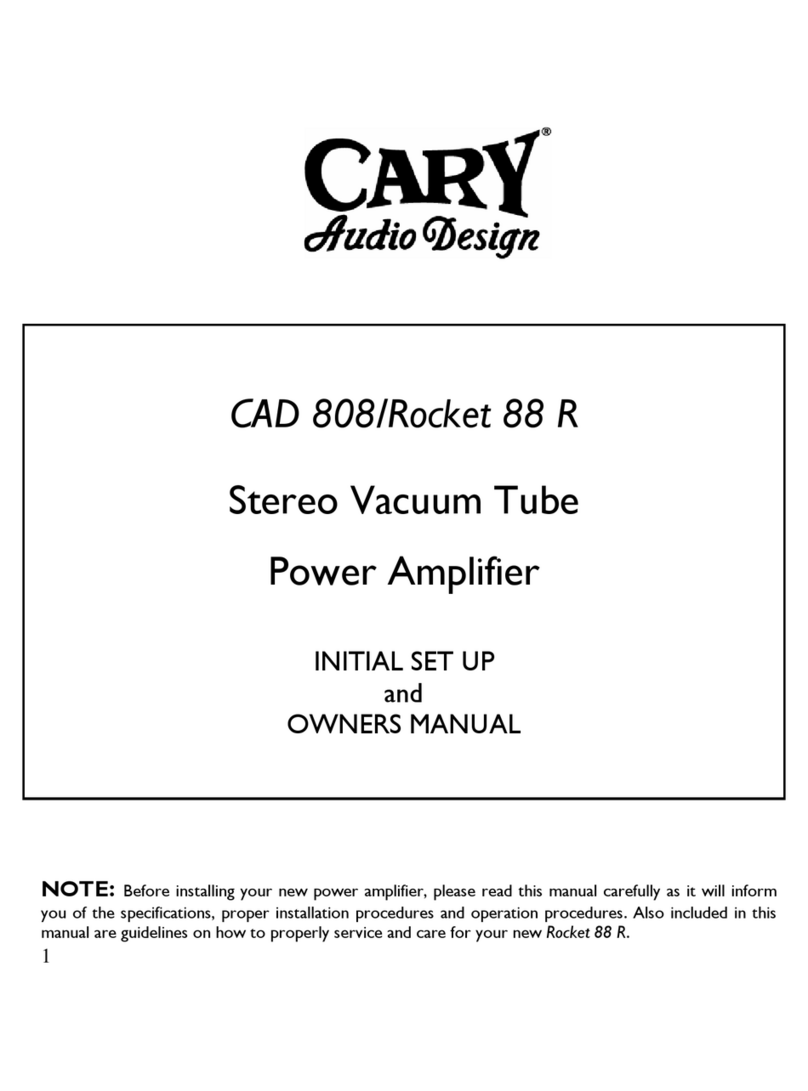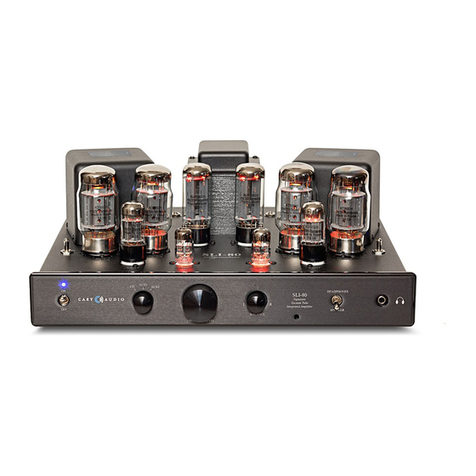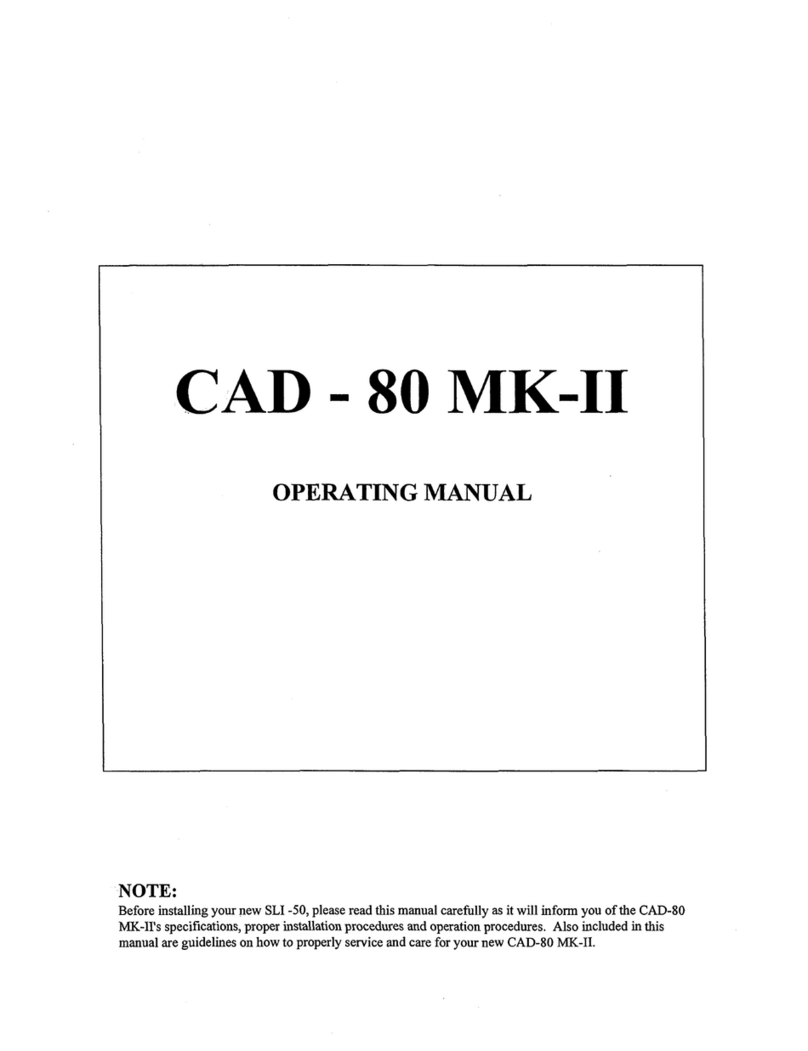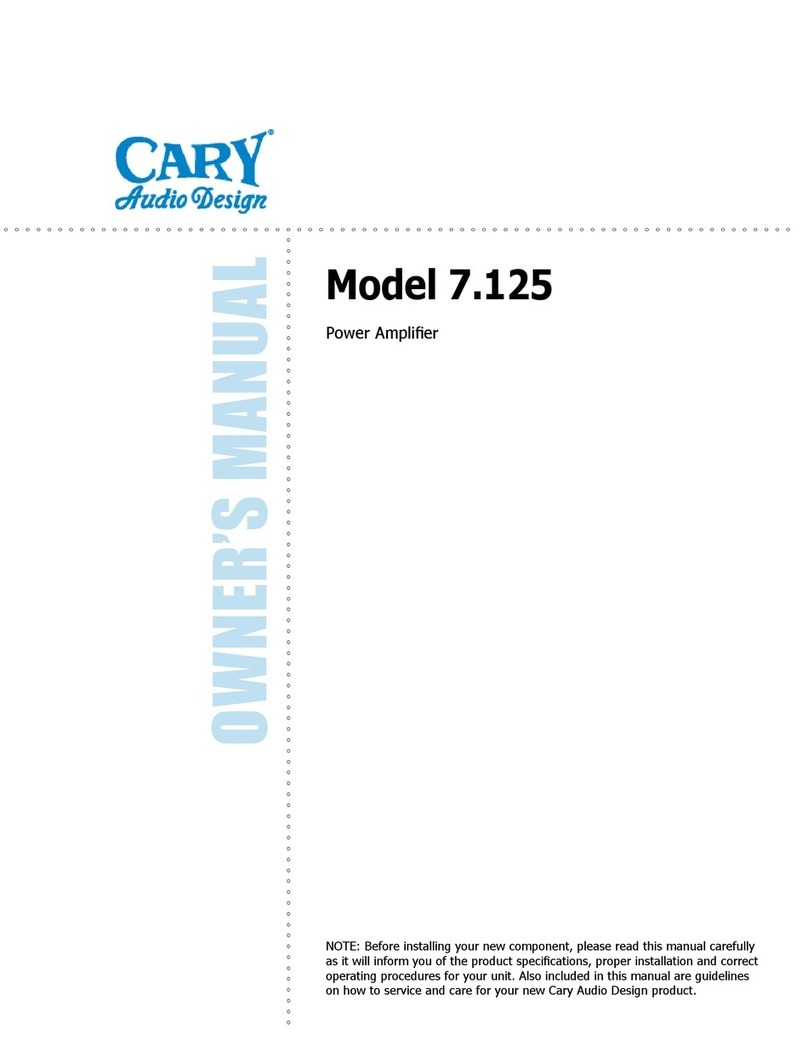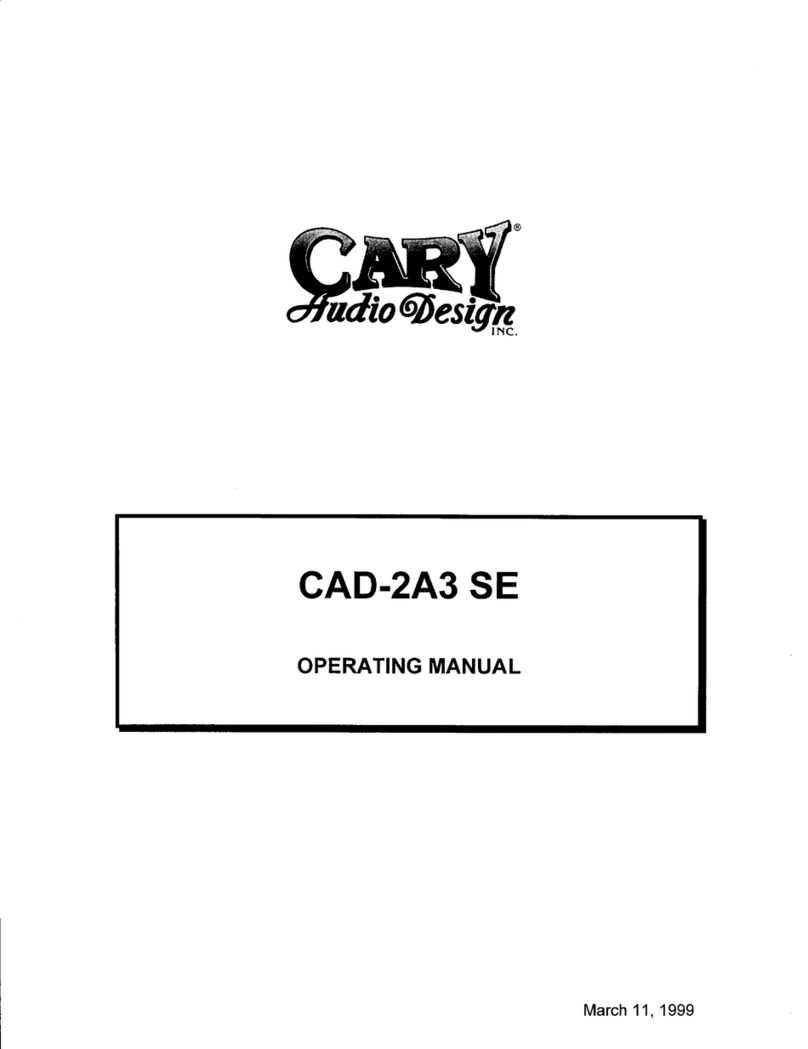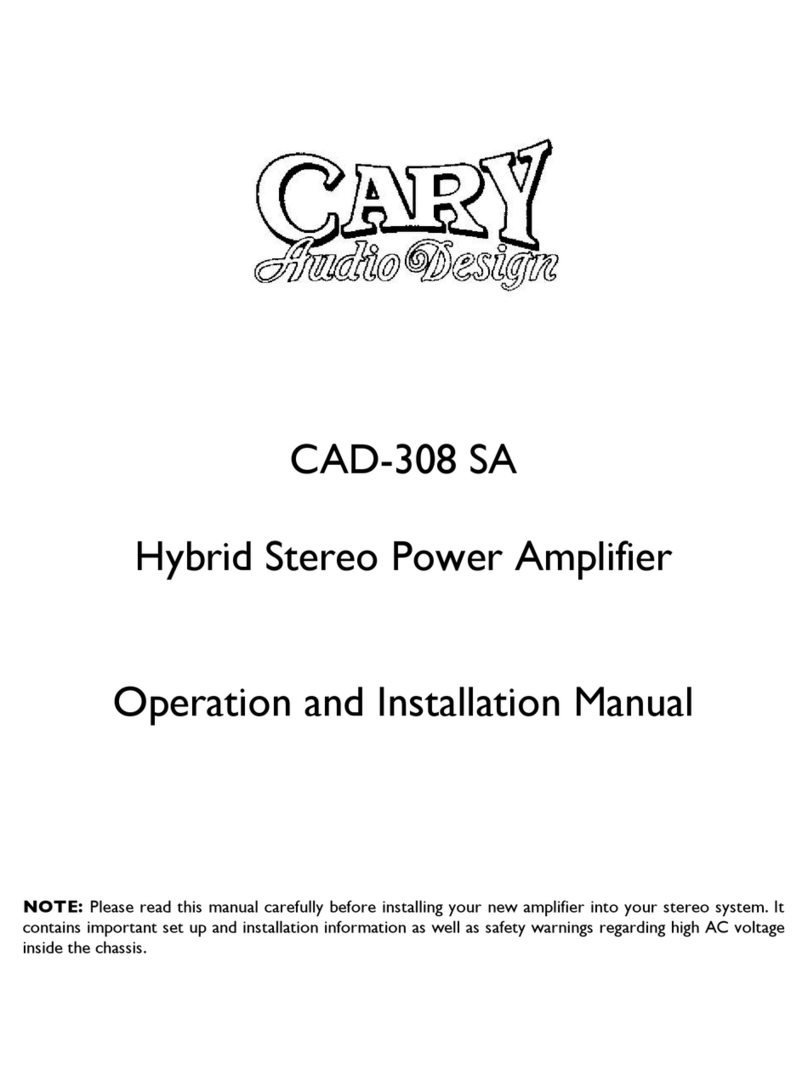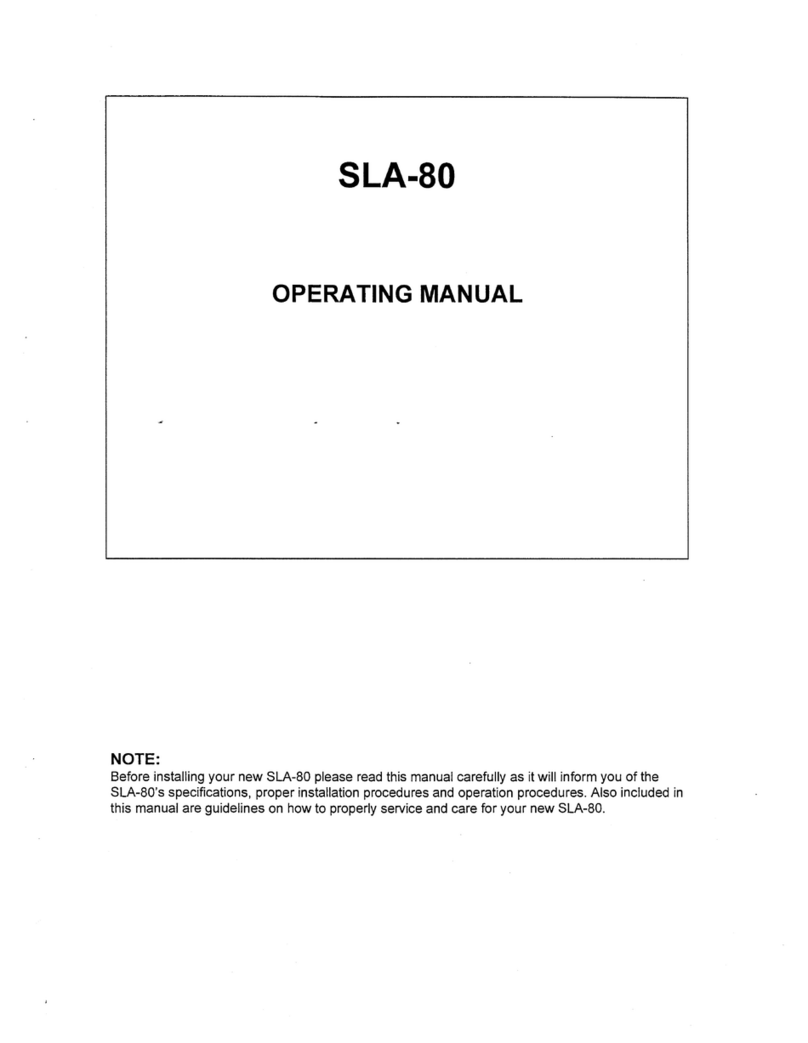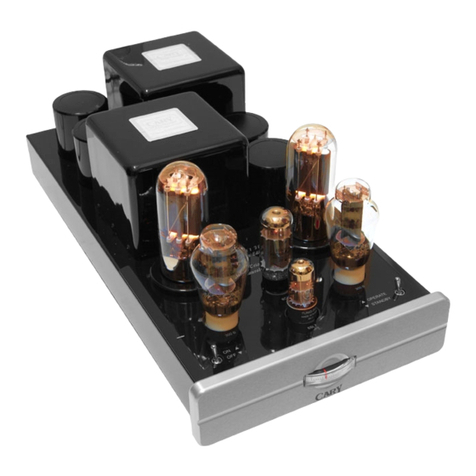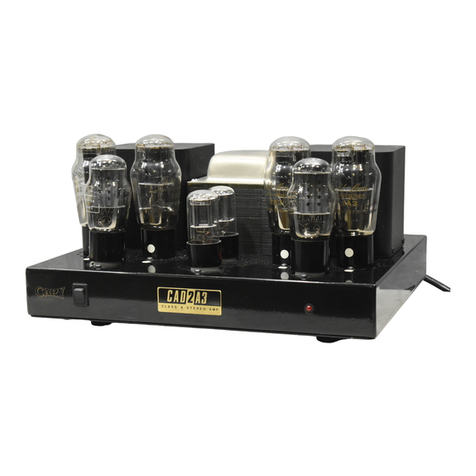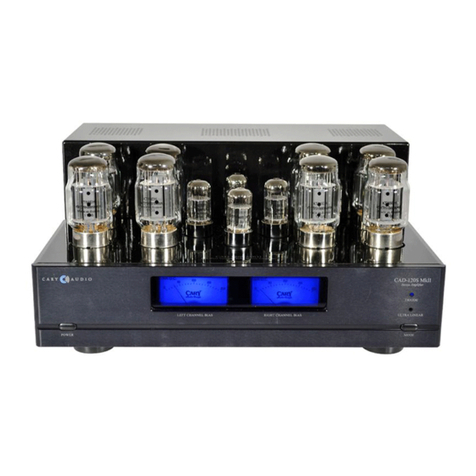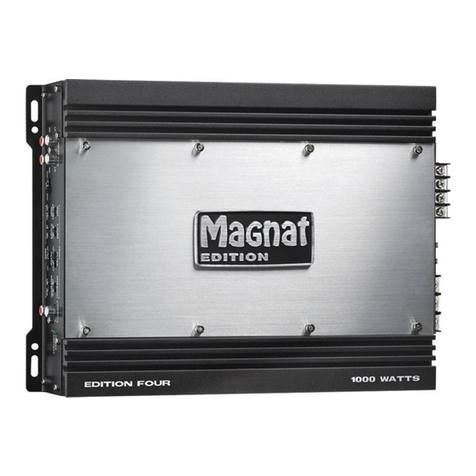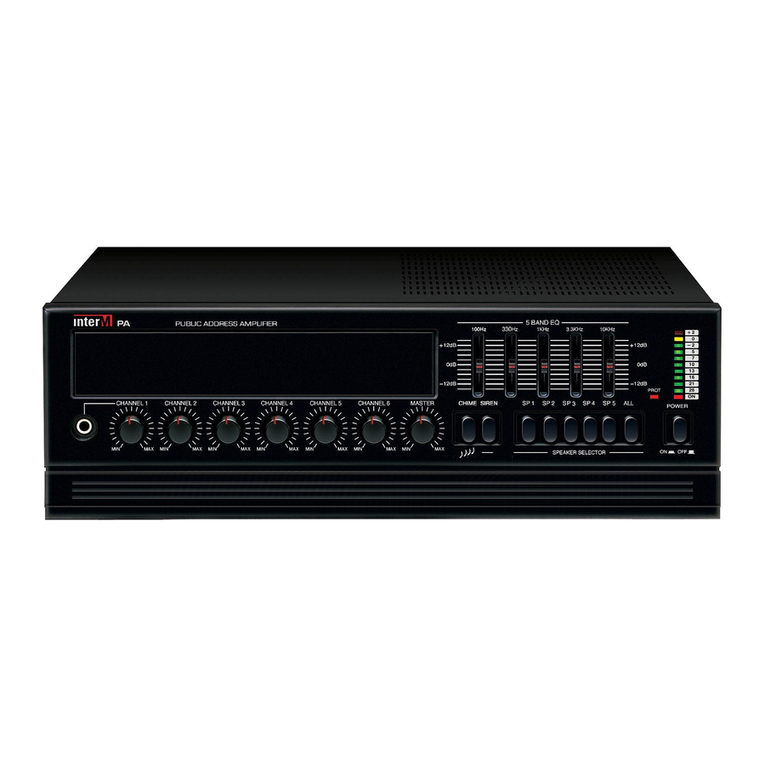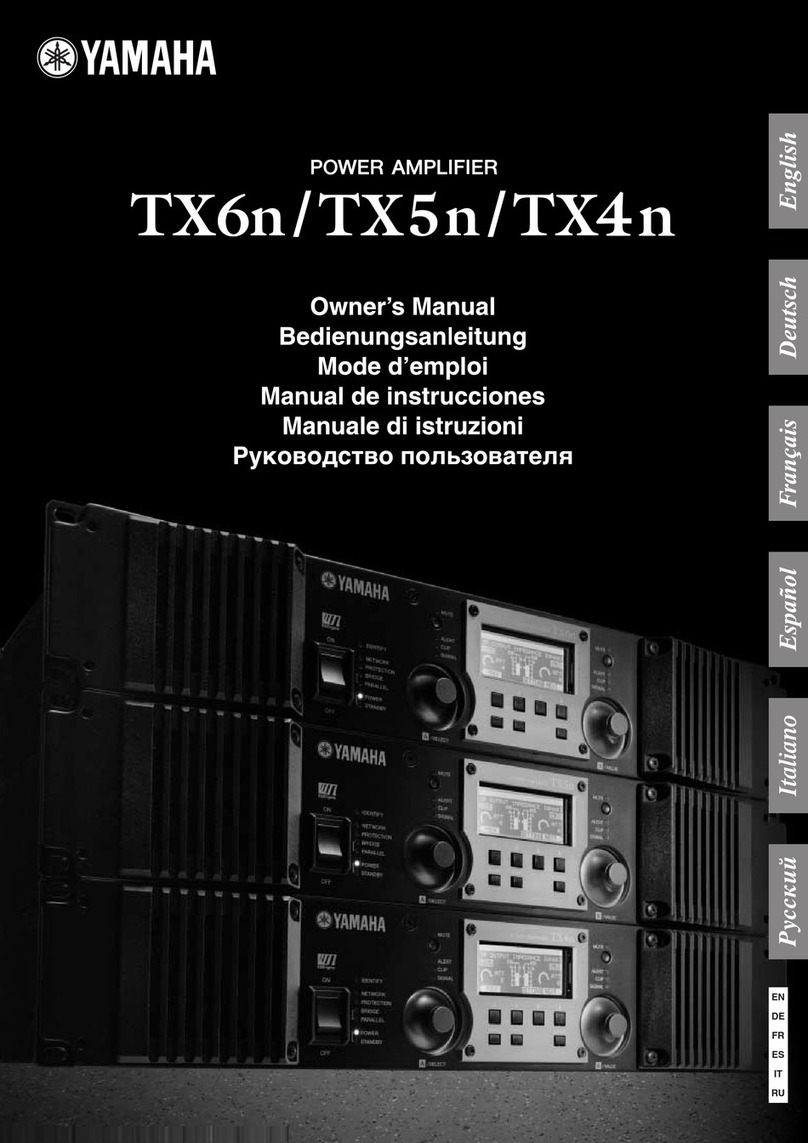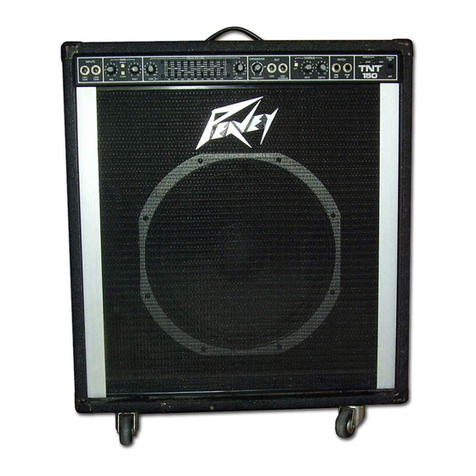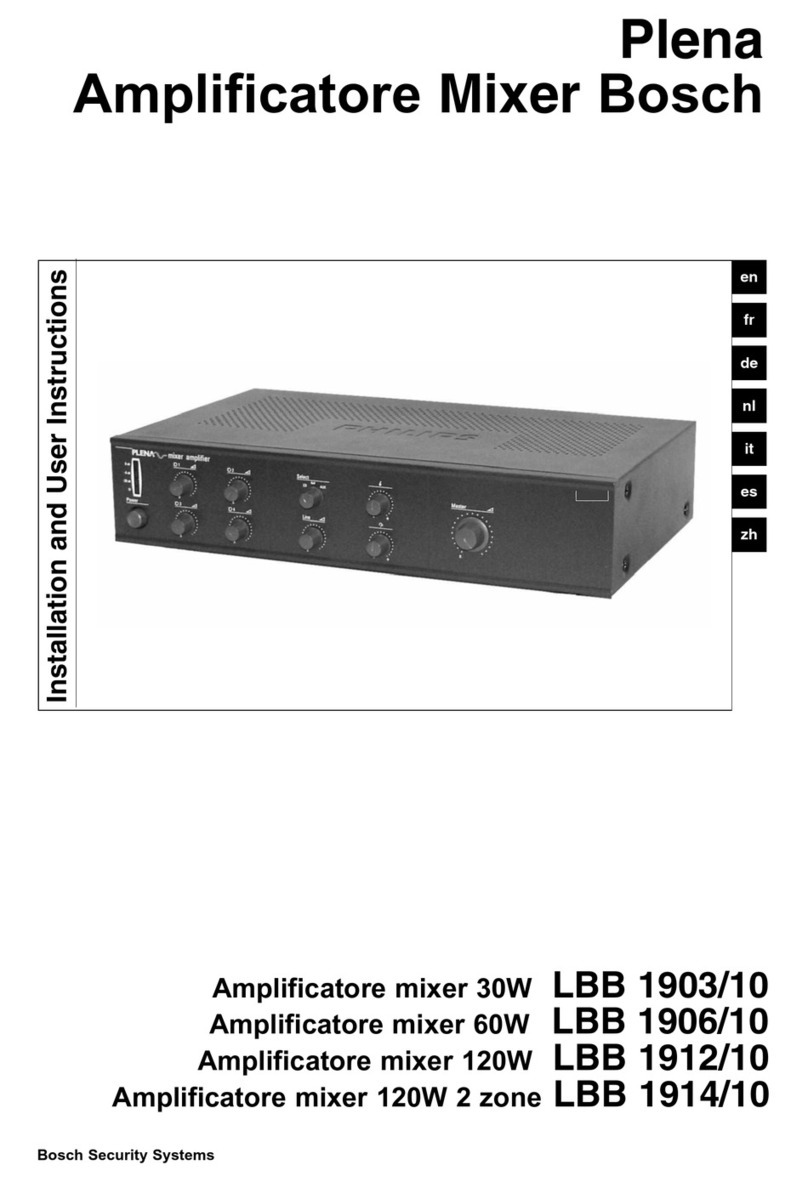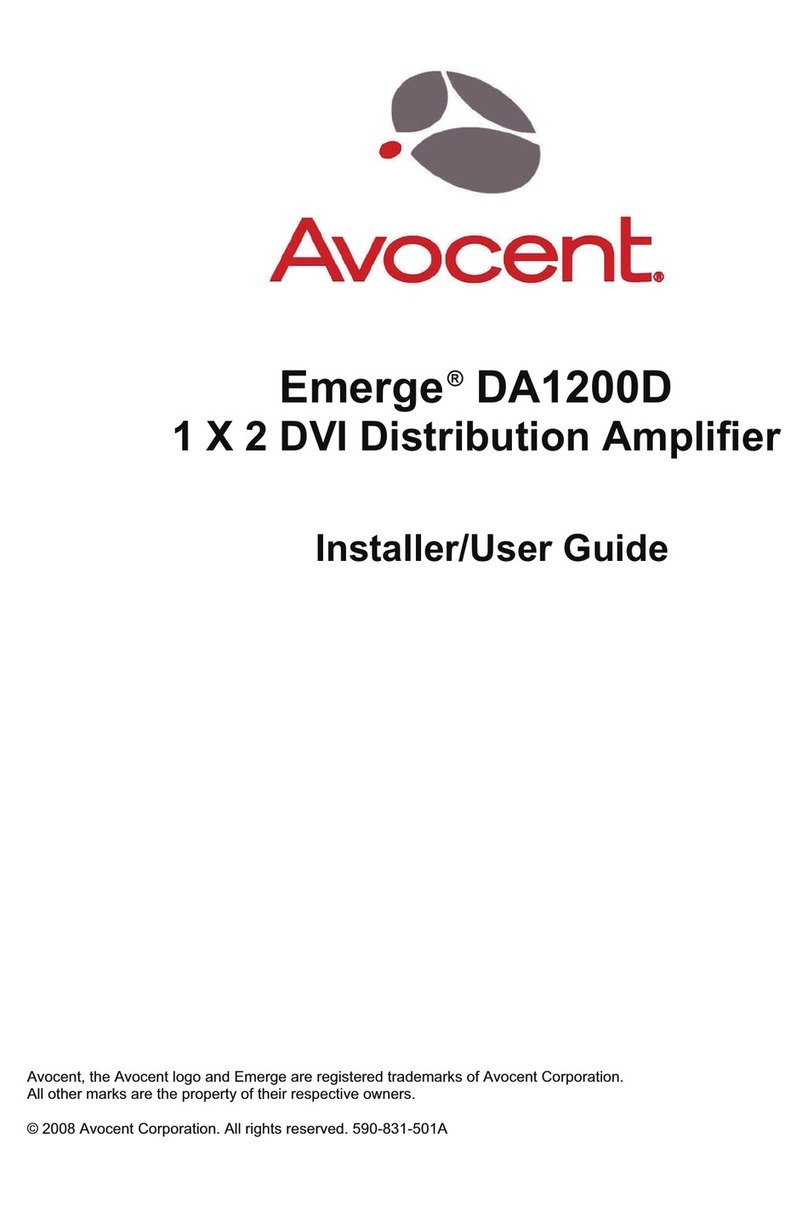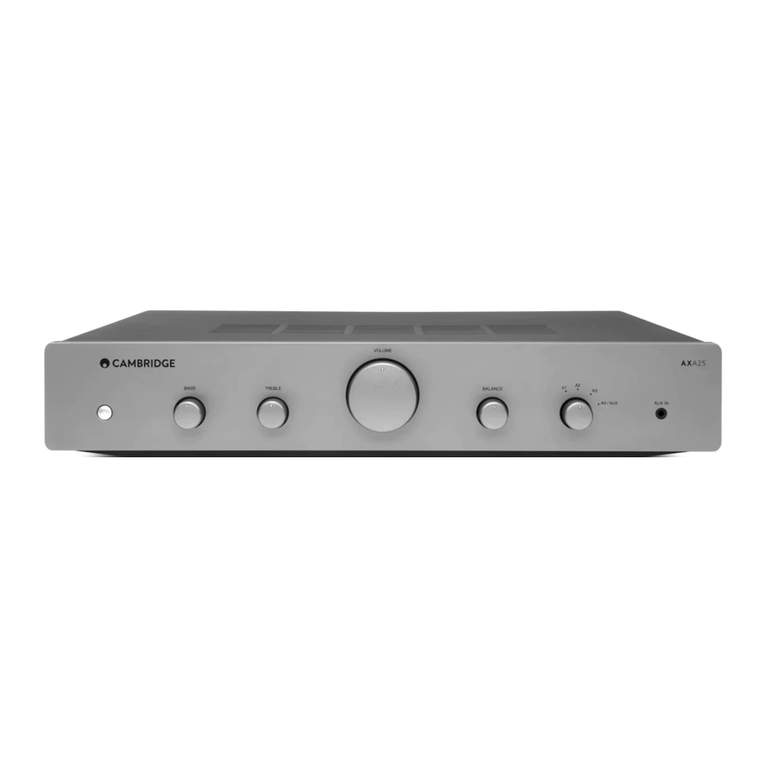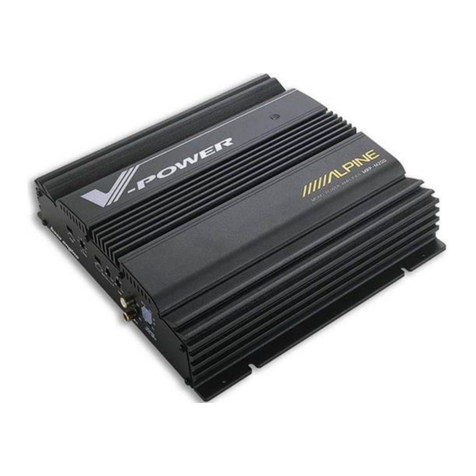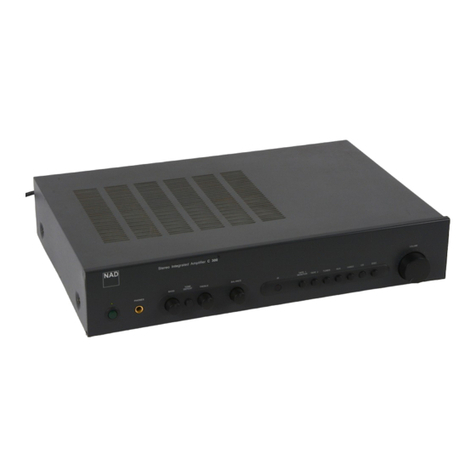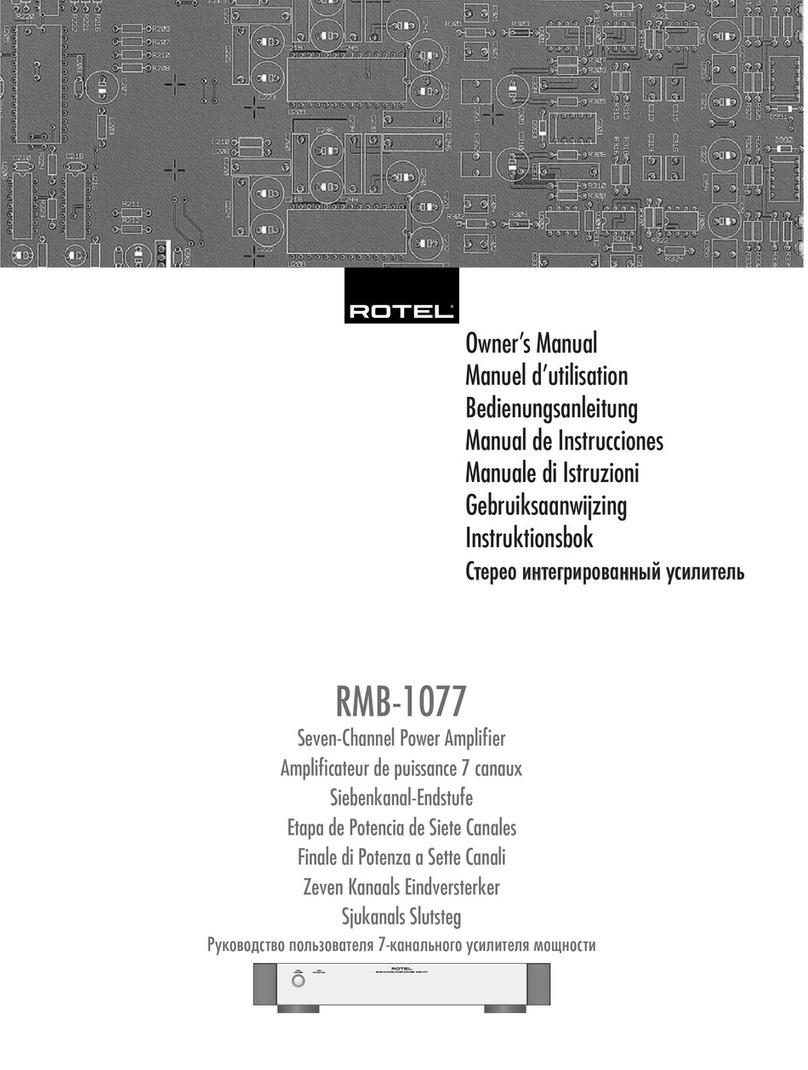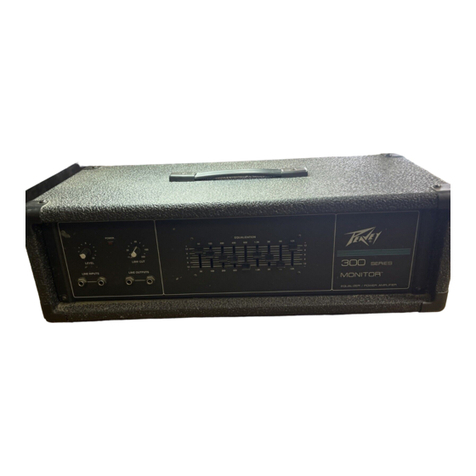coupling capacitor along with supplying bias for the 300B tube. The 300B gain
stage is supplied voltage on the anode by a high inductance voltage choke. This
choke takes the place of a conventional resistor used in most amplifiers. The
choke allows the 300B to swing a much greater amount of amplified AC audio
signal to the output T-1610 tube. The amplified signal from the 300B triode is
coupled through an oil filled .22 at 600 VDC capacitor to the grid of a dual
section low mu 6BL7 triode. The 6BL7 performs two functions. One is to
provide the proper low impedance bias voltage to the T-1610 output tube. The
other function is to couple the amplified AC audio signal directly to the control
grid of the T-1610 output triode. The T-1610 output tube is fed B plus voltage
through the air gapped output transformer.
The power supply in the CAD-1610-SE’s actually consists of eight different
supplies. The power transformers are designed to operate at a 200% continuous
commercial service at the full rated output power. The high voltage power supply
section for the T-1610 output tube is a full wave center tap configuration (not
some cheap voltage doubler as used in many competitors amps) to a PI network.
All filament voltages in the CAD-1610-SE amplifier are DC. The DC filament
supplies will prevent AC ripple from capacitively being coupled to the electrodes
of the input and output tubes.
A great deal of attention during design of the new CAD-1610-SE’s was
concentrated on the “overload recovery” ability of the amplifier. The ability of an
amplifier to instantly recover from clipping is much more important than is
commonly believed. In the power war of amplifier manufacture’s, the mentality
is focused on high and then even higher power output to solve the clipping
problem. When in reality the most critical aspect is how fast a
recovery an amplifier can achieve after overload. With the incredible dynamic
range of live and in turn recorded music, even 2,000 watts of power is not
enough. Most of the music being listened to in an average home listening room is
only requiring about 3 watts of power. It is on the transients of loud low
frequency program material that tremendous signal voltages will appear at the
input of the amplifier. It is in this situation that the overload recovery ability of
an amplifier is of critical concern. The CAD-1610-SE extols its merits in the
ability to handle transients and instantaneously recover from brief or even
extended over loads. The CAD-1610-SE’s will overload symmetrically at any
frequency in the audio bandpass.
The CAD-1610-SE will also yield faithful reproduction of extremely low
frequencies at full output levels. Power transformer, power supply regulation and
output transformer design and careful shaping of the overall frequency response
curve all play a very important part in the ability of the CAD-1610-SE to recover
quickly when over loaded. If one were to monitor the high voltage rail voltage
(550 VDC) at the anode to cathode of the T-1610 output tube during soft and also


